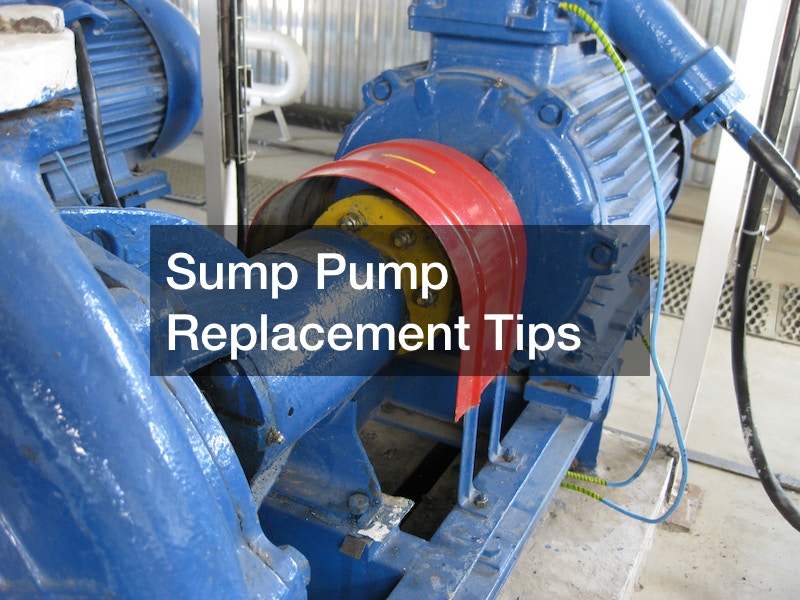Sump pump replacement is a crucial maintenance task that ensures your basement stays dry and protected from flooding. Here are some valuable tips to make the process smooth and hassle-free.
- Choosing the Right Pump: When considering sump pump replacement, selecting the right replacement pump is essential. Ensure it matches the capacity and requirements of your basement to prevent future issues.
- Professional Assistance: While some may attempt DIY sump pump changing, it is often best to hire a professional. They have the expertise to install the new pump correctly and can address any unforeseen problems.
- Backup System: Consider installing a backup sump pump when changing the primary one. This provides extra protection during power outages or if the main pump fails, ensuring your basement remains dry.
- Maintenance Routine: After sump pump changing, establish a maintenance routine. Clean debris from the pit, check the discharge line, and also test the pump regularly.
- Check Valve: Install a check valve on the discharge line to prevent water from flowing back into the sump pit after sump pump changing. This helps maintain prime and reduces wear on the pump.
- Battery Backup: If you live in an area prone to power outages, a battery backup system is a wise addition during sump pump changing. It keeps the pump operational even when the electricity is down.
- Warranty and Lifespan: Keep track of the warranty and expected lifespan of your new sump pump. Knowing when it might need replacement again allows you for proactive planning.
.



